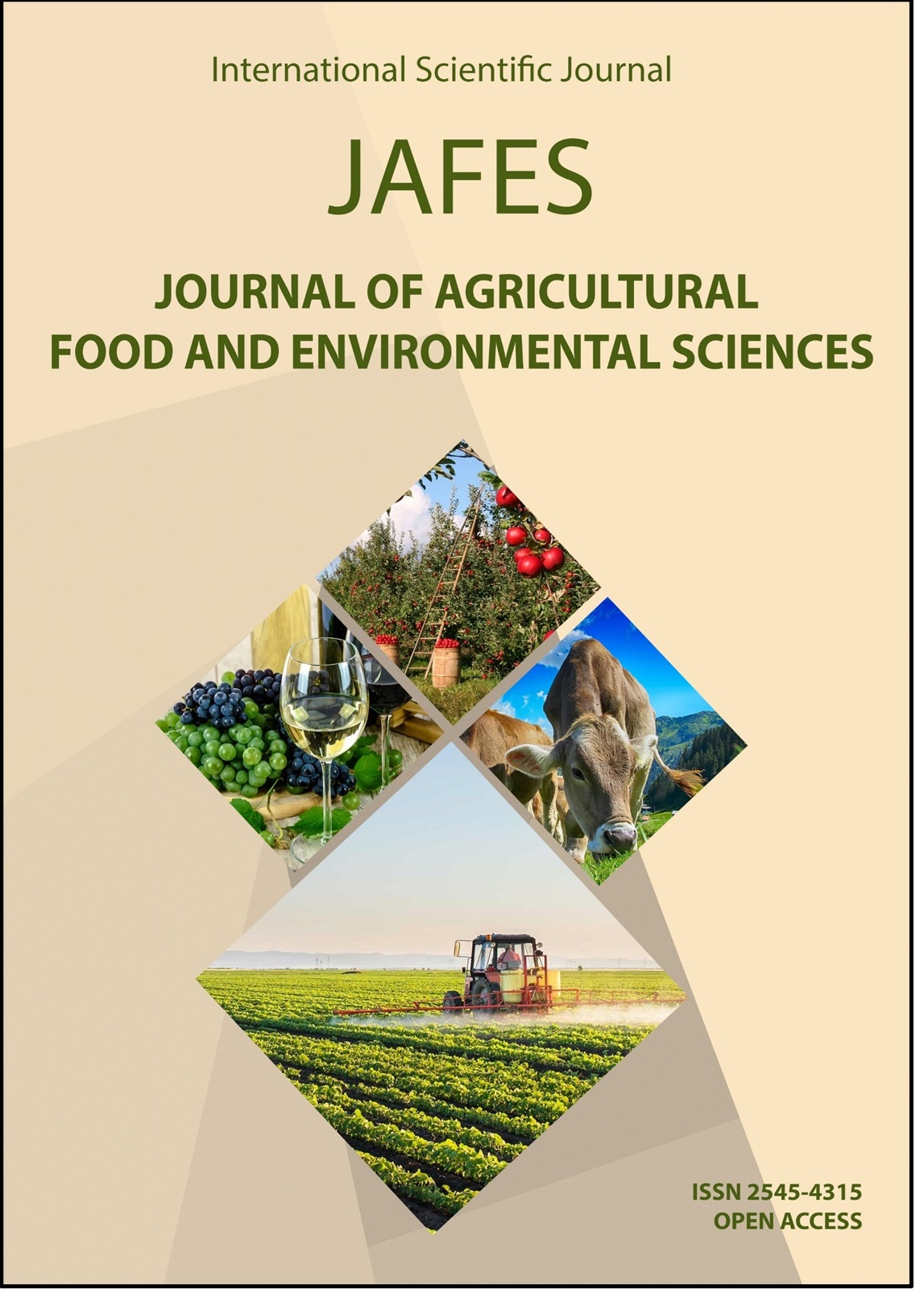THE EFFECT OF SWISS CHARD POWDER AND STARTER CULTURES ON COLOUR DEVELOPMENT IN SMOKED PORK LOIN
Клучни зборови:
nitrates, nitrites, pork loin, cure meatАпстракт
The aim of this research is to determine the influence of starter cultures and Swiss chard powder, as an alternative naturally occurring nitrite source, on development of superficial and cross-section colour in smoked pork loin produced in industrial conditions. It has been confirmed that smoked pork loin where nitrite and starter culture have been added (group III) has the most favorable instrumental values L, a and b of the colour at surface and fresh cross-section. In group IV (Swiss chard powder and starter culture), the colour develops only on the periphery of the smoked pork loin, which is due to the low content of nitrite during all production stages. Nitrate-reducing bacteria present in starter cultures are reducing nitrates from Swiss chard powder to nitrites. Formed nitrites react rapidly with ascorbic acid and because of that do not have the ability to react with myoglobin to contribute to the development of a red colour in the middle part of the meat. The differences in the colour, observed in the instrumentally measured L, a and b-values at the surface and fresh cross-section between the groups of productions stages, are statistically significant (p < 0.05).



